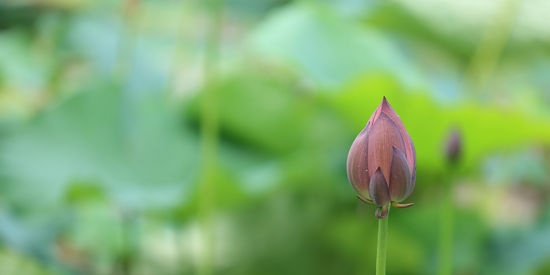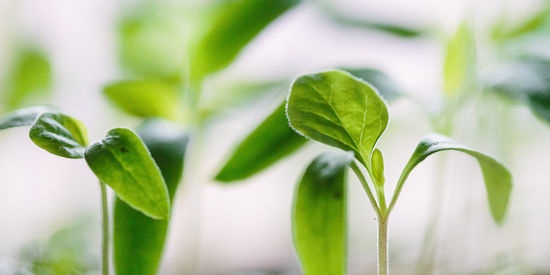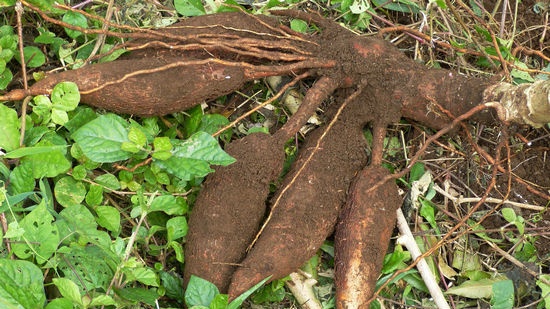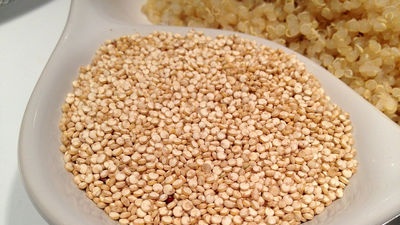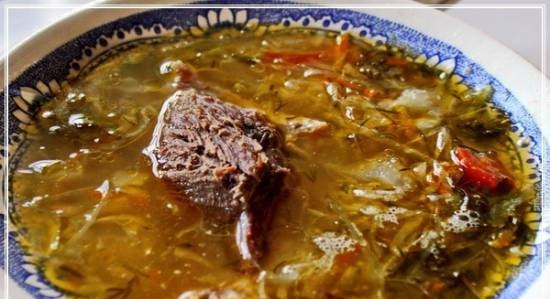Violation of the dormant period in the vegetative parts of the plant |
|
A person sometimes needs not only to extend the dormant period in plants, but also to break it. For this, various influences are used (temperature, light, chemicals, etc.). The effect of a short exposure to high temperature on overcoming the rest period can be judged from the results of the following experiments. The 2-3-year-old rhizomes of lily of the valley dug up in November are immersed for 16 hours in water at a temperature of 31 °. After that, the rhizomes are transferred to peat soil, covered with moss, and grown at a temperature of 25-26 ° C. Such influences disturb the dormancy of rhizomes and lead to flowering of lily of the valley. The control in this experiment are rhizomes grown under the same conditions, but not exposed to warm baths.
The effect of warm baths on lilac flowering can be judged from the results of such an experiment. Several branches of a lilac bush grown in a pot are folded back into a warm bath (30-32 °) and kept in it for 12 hours. The branches of the same bush in the air serve as control. Branches treated with warm baths bloom much earlier than the control ones. To prolong dormancy in some plants, exposure to low temperatures is necessary. This, for example, is indicated by such experience. Cherry branches cut in October and placed in a warm place in a jar of water do not form leaves or flowers. If the branches are cut in December, that is, after they have been exposed to frost, and placed in the same conditions, they will bloom in a month. Disturbance of deep dormancy in the buds of some woody plants can also be caused by creating an appropriate light regime. Thus, branches of poplar, willow and other woody plants, cut in November, being placed under a 500-watt lamp for 18-24 hours daily, quickly start to grow. And first of all, the lower buds of the shoots bloom, then the upper and later of all - the middle buds. The branches of the control shoots, that is, those in natural light, start growing much later. It is possible to disrupt the dormant period in plants not only by exposure to temperature and light, but also by processing them with chemicals. For example, under the influence of gibberellin, the awakening of buds in linden, beech, birch, peach and other crops is accelerated. Disturbance of dormancy in tubers is of great practical interest. Such a need arises in the southern regions, when the harvested tubers immediately need to be used for planting in order to get a second crop.For such purposes, you can, of course, use the tubers of last year's collection, but it is not so easy to save them. It is impossible to sow with freshly harvested tubers, since they lie in the soil for a long time without germinating, and therefore do not have time to give a full harvest before frost. It is therefore understandable that scientists paid special attention to studying the causes of dormancy in tubers and creating conditions that would contribute to the disturbance of dormancy and germination of tubers immediately after harvesting. It was found that substances in the skin of tubers play a significant role in inhibition of germination processes. When these substances disappear during storage, the tubers begin to germinate. You can disturb the dormancy of tubers with the help of chemicals. The most active of them were: thiourea, ethylene chlorohydrin, thiocyanate salts of potassium, sodium and ammonium, salts of xanthogenic acids, etc. In the case of using ethylene chlorohydrin, the tubers are poured with a 4% solution of this drug and kept in it for half an hour. Then the solution is drained and the tubers are left in a sealed container for a day, after which they are planted in the soil and watered abundantly. After 2-3 weeks, the treated tubers begin to germinate, while the control seedlings do not. A similar picture is observed in the case of a two-hour treatment of freshly harvested tubers with 2% solutions of thiourea or thiocyanate ammonium. Tubers harvested at the end of June and treated with these stimulants yielded a second crop of about 20 tons per hectare. The dormant period in tubers is also violated when they are treated with a weak solution of gibberellin. If, after harvesting, the tubers are placed in a solution of this growth stimulant for 10 minutes and planted in the field, then the rate of their germination increases significantly, growth processes are also noticeably accelerated. As a result, the yield increases by 2 or more times. Moreover, it was found that varieties with a shallow dormant period (Lorkh, Korenevsky) require processing with a lower concentration of gibberellin (25-50 mg / l), and varieties with a deep dormant period (Rannyaya rose, Sedov) - a higher concentration (50-100 mg / l) l). Is it possible to make tubers germinate by spraying plants with growth stimulants? Experiments have shown that spraying potato plants with a 2-3% solution of thiourea or 2% solution of thiocyanate salts or gibberellin (100 mg / l of water) 7 days before harvesting tubers also contributes to the disturbance of the dormant period. The preparations, easily moving from the aerial parts to the tubers, cause the same physiological changes in them as with a direct impact on the tubers. The tubers of the treated plants, planted in the soil, germinated after two weeks. Thus, in the south, you can get two harvests per year, using tubers of the first harvest for planting, while improving the quality of tubers and increasing the yield. The examples given show that by acting on plants with various factors, it is possible to disrupt the dormant period and significantly accelerate the growth and development of plants. Ovcharov, K. E. - Power of man over plant life |
| Continuous flowering garden | Decorative and useful properties of the cuff |
|---|
New recipes
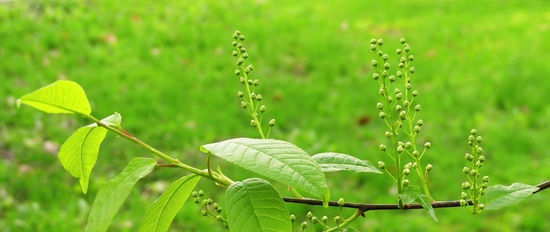 It is well known that tubers, roots and rhizomes, being at a low temperature, can be stored without germinating for a long time. If in the spring the rhizomes of the lily of the valley are transferred from the garden to a room with a temperature of about zero degrees, then they will not bloom as long as they are in these conditions. The rhizomes, transferred to the greenhouse, will soon bloom.
It is well known that tubers, roots and rhizomes, being at a low temperature, can be stored without germinating for a long time. If in the spring the rhizomes of the lily of the valley are transferred from the garden to a room with a temperature of about zero degrees, then they will not bloom as long as they are in these conditions. The rhizomes, transferred to the greenhouse, will soon bloom. The use of warm baths to break dormancy and early forcing has a long history. The high efficiency of this technique, and at the same time the simplicity of the work performed, made this method very popular. The branches of lilac, bird cherry, birch and other plants cut in October-December are placed in a warm bath (at a temperature of 37-39 °) for 9-12 hours. Control branches for the same time are kept in water at a temperature of 15-18 ° C. Then the branches are exposed on the windows or illuminated with electric light. The temperature in the room is maintained within 15-18 ° C. After a week, you can see how the branches, immersed in a warm bath, begin to swell and start growing buds, rather green leaves, buds, and then flowers appear.
The use of warm baths to break dormancy and early forcing has a long history. The high efficiency of this technique, and at the same time the simplicity of the work performed, made this method very popular. The branches of lilac, bird cherry, birch and other plants cut in October-December are placed in a warm bath (at a temperature of 37-39 °) for 9-12 hours. Control branches for the same time are kept in water at a temperature of 15-18 ° C. Then the branches are exposed on the windows or illuminated with electric light. The temperature in the room is maintained within 15-18 ° C. After a week, you can see how the branches, immersed in a warm bath, begin to swell and start growing buds, rather green leaves, buds, and then flowers appear.